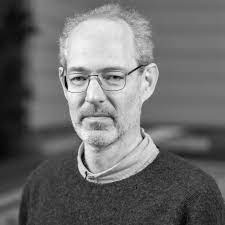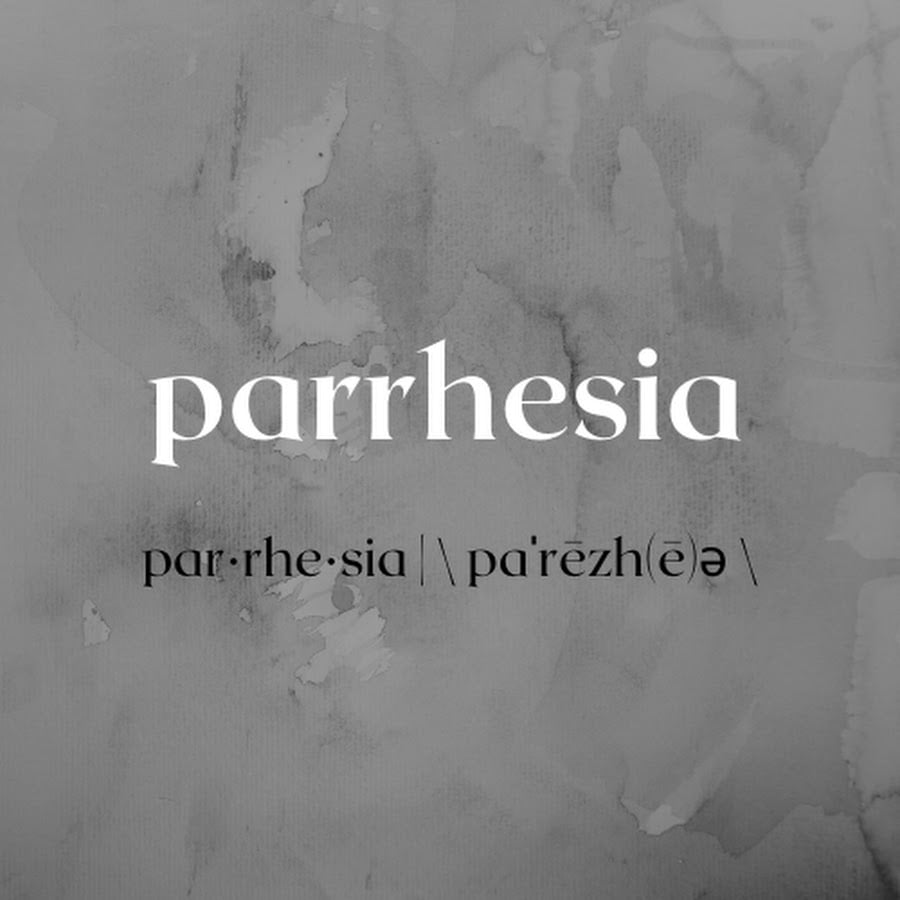The Aftermath of a Death and a Life: Prof. Hermann Schlimme
Recently, I received a phone call informing me of the sudden and tragic death of my beloved teacher, colleague and mentor Prof. Dr.-Ing. Hermann Schlimme, Head of the Chair of History of Architecture and Urbanism at the Technical University of Berlin. He was the advisor of my thesis on the Surp Asdvadzadzin Cathedral in Antep. He encouraged me to work on this subject and supported my interest in Armenian architecture. Schlimme's research focused on early modern Italian architecture, China-European architectural relations, Epistemic History of Architecture, Construction History, History of 20th and 21st Century Architecture. The oral history, methods of critical spatial theory and practice, historical and current architectural concepts that I learned from him have guided my approach to the story of the Sourp Asdvadzadzin Cathedral. Today, in this moment that connects the tragedy of death to life, I would like to talk about Prof. Hermann Schlimme, who has deeply influenced me in many ways, and his educational and visionary stance in academia.
While rushing from work to home in the ordinary rhythm of daily life, that the French describe as "métro, boulot, dodo," many of us are forced to make decisions that conflict with our ethical criteria without realizing that we are lost in the system. We struggle in a life that does not align with our bodies and minds. In this life, we encounter very few individuals who live in harmony with their ethical principles and who inspire and provide hope to others without imposing their own principles; they prove that one can live ethically and reasonably in this challenging world by following the goodness within themselves and putting their best to the work they do. Professor Schlimme was such a rare gem in academia. His intelligence always left people astonished. He was a scientist who treated everyone equally and respectfully, was a good listener, and put things into context more clearly than the narrator. By uncovering the potential of those in front of him with his questions, he would open a new window in their minds.
Life is not fair on the line of death. Death slams the law of nature in our faces with a cold chain. At the moment I received the news of Hermann's death, I felt disconnected from my surroundings. Not knowing how to break the news to others while everyone was at work, I thought about the alienation of the order of life from the reality of death and what mourning means when life compels one to feel sadness at the right time. Time had become for me a stagnant void of sadness when I saw people floundering in the cascading rhythm of life with the organizational issues that arose from Hermann's unexpected loss. Wasn't it a regular part of this tragedy called life that the wind of everyday life had to propel my body forward?
 Prof. Dr. Hermann Schlimme
Prof. Dr. Hermann SchlimmeIt is very sad that an academician who stood out for opening up space for many students and employees regardless of their origins and where they came from, the sincerity he showed while doing this and the value he gave to people's ideas, passed away when he was so close to building the visionary ideas that he wanted to bring to the faculty of architecture. Goodbye Hermann. Many people you touched have received your light. We inherited the task of doing our best with our own moral compasses, in the light of knowledge and curiosity, open-minded, visionary, egalitarian and humanitarian values. Rest in peace.



